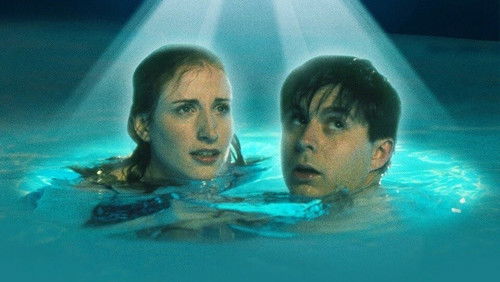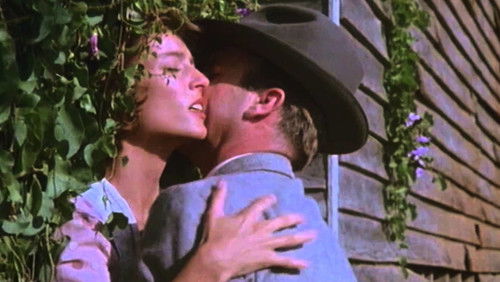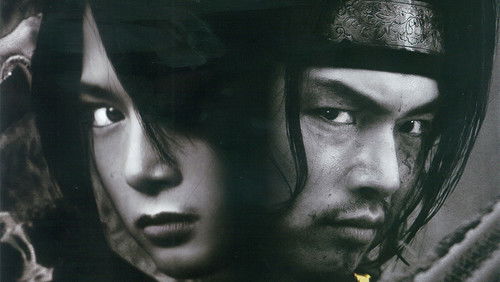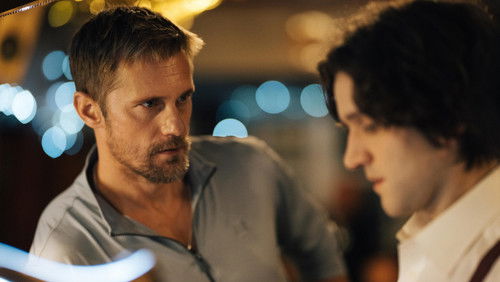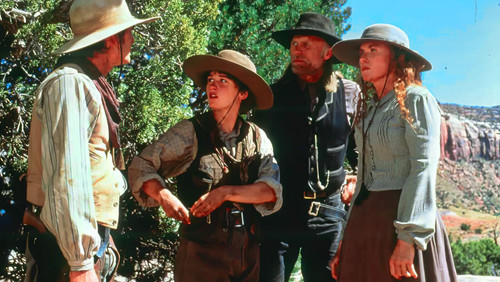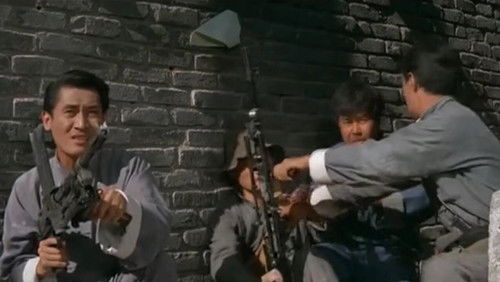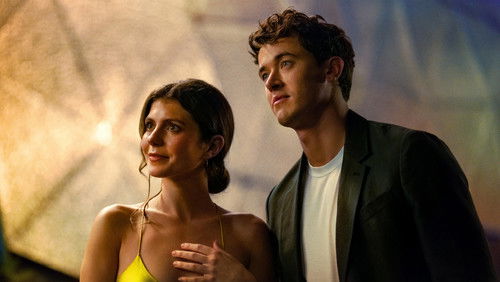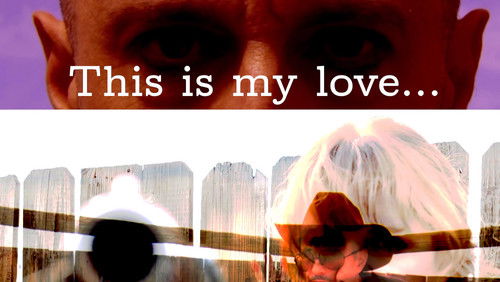Das Feuerross (1924)
27KDas Feuerross: Directed by John Ford. With George O’Brien, Madge Bellamy, Charles Edward Bull, Cyril Chadwick. After witnessing the murder of his father by a renegade as a boy, the grown-up Brandon helps to realize his father’s dream of a transcontinental railway.
“A young boy grows to fulfill his murdered fatheru0026#39;s vision of seeing THE IRON HORSE, the mighty transcontinental railway, stitch the country together, binding East to West.u003cbr/u003eu003cbr/u003eBursting with excitement u0026amp; patriotic fervor, THE IRON HORSE is the film which put young director John Ford on the cinematic map. He brought together all he had learned from years of making shorter, smaller films and he produced a product which heralded his enormous contributions to sound films in the years to come. This is a `directoru0026#39;s pictureu0026#39; in that the stars, as good as they are, are almost negligible; what was important here was Fordu0026#39;s vision u0026amp; his ability to place it before the audience. Indeed, he does not even bring his leading man (George Ou0026#39;Brien) on screen until 45 minutes into the story – a shortcut to disaster almost anywhere else.u003cbr/u003eu003cbr/u003e(In all fairness it should be noted that Ou0026#39;Brien, handsome u0026amp; strong-limbed, does very well as the gentle hero. He would find similar roles in other epic films of the decade. J. Farrell MacDonald, as Irish Corporal Casey, is the prototype for many comically eccentric fellows who would appear in other Ford westerns.)u003cbr/u003eu003cbr/u003eThe film often takes on the aspects of an ancient newsreel. Cattle drives, Indian attacks u0026amp; endless track laying all look utterly real. Particularly fascinating is the depiction of the dismantlement of the end-of-the-track town, so that not even a dog is left, as it is moved many miles further on to the west. This type of arcane information is what makes watching very old films so enjoyable.u003cbr/u003eu003cbr/u003eTHE IRON HORSE represented the largest migration out of Hollywood for location shooting up to that time. Nothing like this had been attempted before, so Ford u0026amp; his lieutenants were forced to make up the rules as they went along.u003cbr/u003eu003cbr/u003eHiring a circus train, the small army of extras arrived at the subzero Nevada location in January of 1924. The conditions which greeted them were authentically primitive. It was so cold, the extras quickly began sleeping in their costumes. Finding the train to be flea ridden, they moved into the sets and began living exactly as the characters they were portraying. The female extras especially suffered from the rugged conditions. A frontier mindset seemed to take over many of the cast u0026amp; crew; the circus tent, which doubled as both the movie saloon and the crewu0026#39;s commissary, eventually had to have the catsup bottles removed from the tables to discourage the many fights which kept breaking out.u003cbr/u003eu003cbr/u003eAuthenticity found its way into the movie in other, more positive, ways. Several of the elderly Chinese extras, representing laborers on the Central Pacific, had actually worked on the real McCoy sixty years previous. They came out of retirement to appear in the film u0026amp; enjoyed themselves immensely. Ford also managed to locate the two original locomotives which met at Promontory Point, Utah, in 1869 and reunited them for the filmu0026#39;s climax.u003cbr/u003eu003cbr/u003eComposer John Lanchbery has contributed a splendid soundtrack to the restored video version, incorporating several contemporaneous tunes of the period. It would be intriguing to double bill THE IRON HORSE with Cecil B. DeMilleu0026#39;s UNION PACIFIC (1939), which tells the same historical story, but with a completely different tack u0026amp; set of fictional characters.”


